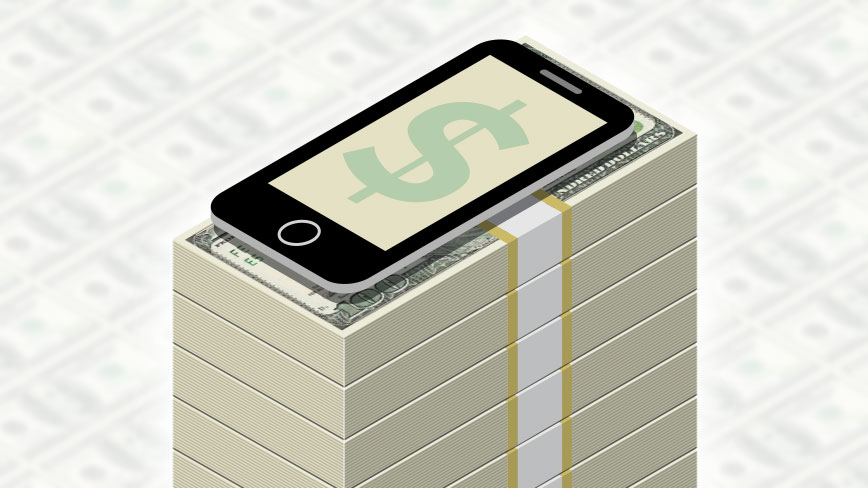Mobile devices are becoming a larger part of advertising strategies, and grabbing a bigger share of marketers’ budgets, as more consumers use them for information, shopping and other decision-making activities. That growth, projected to continue at double digits in the coming years, will hit a watershed moment next year, according to a recent forecast by eMarketer.
That means mobile ads can’t be the afterthought or experiment in your campaigns as costs will likely increase as more advertisers utilize the strategy.
According to the eMarketer forecast, in 2016, mobile advertising is set to overtake desktop, which is projected to rise 41% to $30 billion compared with this year. Strong growth is also projected this year, with mobile ad spends likely to increase by half to $27.2.
Here are some key takeaways to help marketers get ready:
- Mobile ads will account for 72% of all US digital ad spend by 2019.
- In 2014, US adults spent an average of 2 hours, 51 minutes with mobile devices each day, up from 2 hours, 19 minutes in 2013. In comparison, desktop time fell to 2 hours, 12 minutes daily last year, after being equal with mobile time in 2013.
- Mobile display dollars will outpace mobile search.
- Spending on apps will outpace spending on mobile browser ads 3 to 1. “Advertisers are finding compelling opportunities through video, rich media and native in mobile apps, as well as a better ability to target captive audiences,” eMarketer said.
And for the all-important millennial group, mobile is becoming even more important. In a recent Annalect study, “Generation Tech: Millennials and Technology,” 55% of millennials are finding new brands through the app store and they use their phones and associated apps across all types of products and services for decisions and purchases.
“We found that apps also enhance the shopping experience,” said Pamela Marsh, Director Primary Research and Insights at Annalect. “Apps exist on the mobile device, so we’re getting into another aspect of the study, which is how are they using their mobile devices, and we found that nearly all of them are using their mobile device while shopping in a store.”
But you can’t just throw an ad on a mobile device and expect it to work. The creative will have to match the innovation being put into devices such as smartwatches and fitness trackers, Judith Aquino wrote for 1to1 Media. She points out that devices aren’t standard, giving marketers even more to consider when designing campaigns.
“The complexity of the marketplace has caused people to pay more attention to media and thinking about media,” Omnicom CEO John Wren said during the company’s earnings report in February. “With the plethora of channels where a brand can place its messaging, “focusing on getting that right is becoming increasingly important.”
Marketers looking to take advantage of reaching customers through the next wave of devices will have to allocate enough time, money and attention to do it well. That means figuring out compelling content that matches the device or app and that will engage customers. While spending is up, adding brands to the clutter of advertising, good content correctly placed will cut through the noise and reach the intended target.

